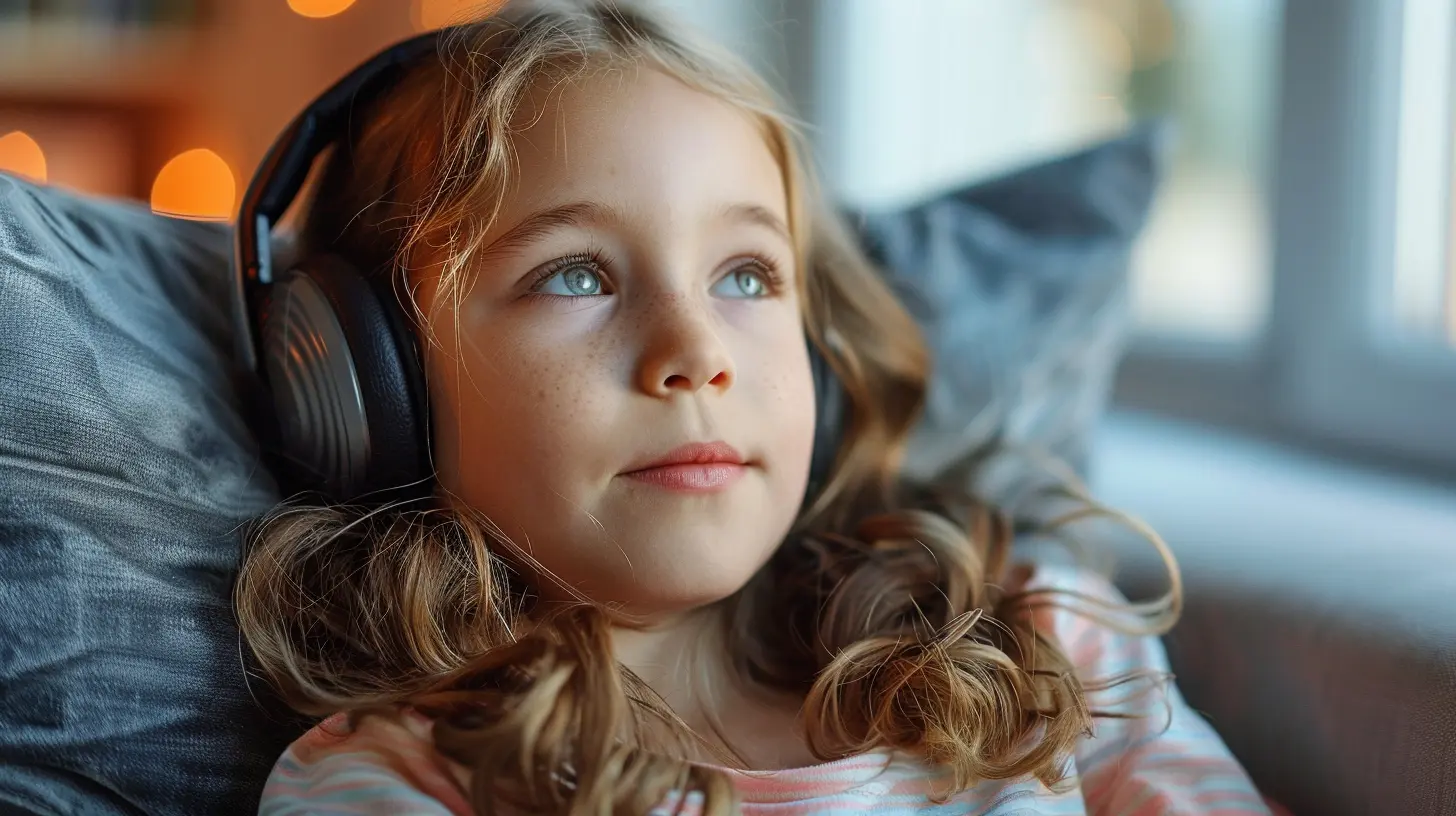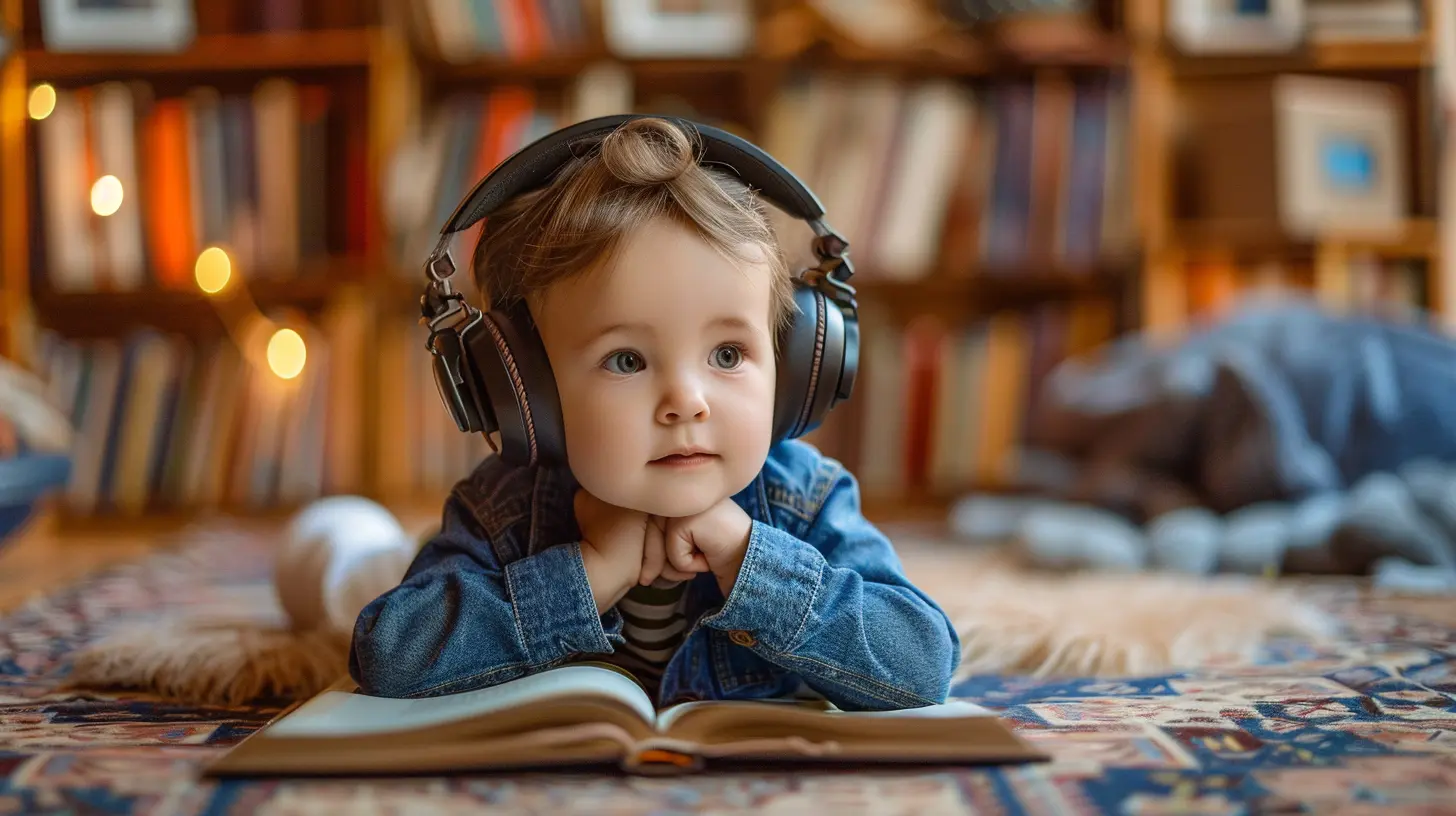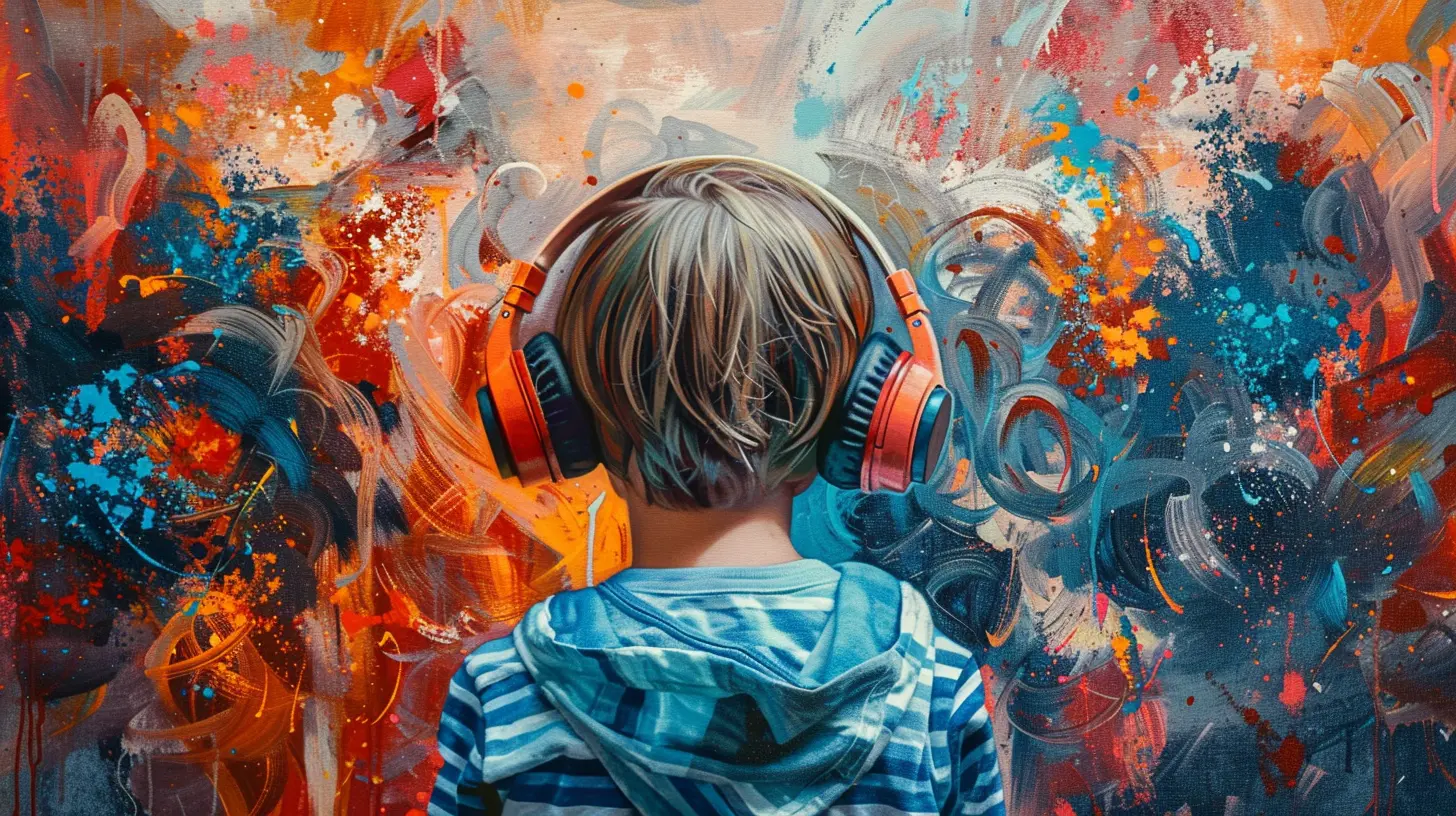The Impact of Music: Building a Family Playlist for Memories
12 June 2025
Do you ever hear a song and instantly get transported to a moment from the past? Maybe it reminds you of a road trip, your wedding day, or even just a lazy Sunday at home. Music has that powerful ability to stir up emotions and connect us to memories like nothing else. Now imagine building that same emotional connection with your kids through music. That’s the beauty of creating a family playlist—it’s not just about songs; it’s about the stories, the laughs, the bonding, and the memories that last a lifetime.
In this post, we're going to dive deep into how music can shape the emotional landscape of your family, and how a simple family playlist can become a treasured heirloom.
Why Music Matters in Family Life
Ever wonder why kids know all the words to a song they’ve only heard twice but can’t remember what you just told them five minutes ago? Yep, that’s music for you! It sticks. Music plays a key role in emotional, cognitive, and social development—and that’s for adults too, not just kids!The Emotional Power of Music
Music has this magical way of capturing feelings we can’t always put into words. It helps kids—who might be too young to fully understand or explain how they feel—cope with emotions. Whether it’s dancing to a happy tune when they’re in a good mood or listening to a calming melody when they need a break, music becomes their emotional glue.Building Bonds Through Shared Tunes
When families listen to music together, something beautiful happens. You sing together (maybe off-key), you dance in the kitchen, and you laugh at those silly lyrics. These shared experiences build strong emotional connections that grow deeper over time. Think of it like creating a “soundtrack” to your family’s life.
Music as a Time Capsule: Creating Musical Memories
Let’s be honest—memories fade. But songs? They have a funny way of bringing everything back in a heartbeat. A song from a family vacation, a birthday party, or even just a typical weekday morning can transport you back to those moments instantly.Songs as Emotional Anchors
Here's the thing: music isn’t just background noise. It’s an anchor. It ties us to people, places, and moments. Imagine your child hearing a particular song 20 years from now and immediately remembering dancing in the living room with you. That’s powerful.The Soundtrack of Childhood
For our kids, these songs can become the unofficial soundtrack of their childhood. Think about the songs you heard growing up—don’t they still make you smile (or cringe)? Your kids will feel the same way about songs you choose together as a family.
What Makes a Great Family Playlist?
So how do you actually build the perfect family playlist? Well, it’s not just about throwing in a bunch of upbeat tunes (although those help). A great family playlist is intentional. It reflects your family's personality, history, and values.Make It Personal
Start with songs that mean something to your family. Maybe it’s the lullaby you sang when your child was a baby. Or that one song that always plays on road trips. Include songs from different members of the family—yes, even that one dad joke song he insists on playing every Sunday.Mix It Up
Kids love variety. Include a mix of genres, tempos, and eras. Classic rock, pop hits, reggae, movie soundtracks, instrumental music—it’s all fair game. Think of it like a musical buffet where everyone finds something they love.Think Beyond the Hits
Sure, the top 40 is fun, but don’t shy away from songs that tell a story or teach a lesson. There are amazing artists out there creating meaningful, family-friendly music that can spark great conversations.
How to Build Your Family Playlist (Step-by-Step Guide)
Building a family playlist is easier than you think, and it can truly be a meaningful bonding activity. Here’s a step-by-step guide to get you started:Step 1: Choose Your Platform
Spotify, Apple Music, Amazon Music—take your pick. Most of them let you create shared playlists that everyone in the family can access and update.Step 2: Set Some Ground Rules
Let everyone in the family have a say. You can establish a rule like “each person adds three songs every week” to keep things fair and fresh. Make sure all songs are family-friendly, especially if little ones are in the mix.Step 3: Create Categories or Themes
Want to organize it a bit? Try dividing the playlist into different themes:- Road Trip Jams
- Dance Party at Home
- Bedtime Chill
- Songs That Make Us Laugh
- Rainy Day Vibes
Themes help set the mood and make it easier to choose what to play.
Step 4: Get the Kids Involved
Even toddlers can contribute! Let them help you “choose” by pointing or dancing to their favorites. Older kids might want to create their own mini-playlists within the family collection.Step 5: Keep It Growing
Your playlist isn’t meant to be frozen in time. Add to it regularly. Let it evolve as your family does. It’s like a musical scrapbook that grows with you.Beyond Listening: Making Music a Part of Daily Life
Want to make music more than just something you listen to? Make it part of your family culture.Create Musical Traditions
Have a Friday night dance party. Pick a “song of the week” to start your mornings. Sing during chores (it actually makes them more fun—I promise). Traditions rooted in music stick like peanut butter to jelly.Use Music as a Tool
Music can help with more than just fun. Play calming music during homework time or bedtime. Use energetic music to power through weekend cleaning. It's like a remote control for moods and energy levels.Encourage Musical Expression
Got a little one who loves to hum? Or maybe a teen who’s learning guitar? Support that musical curiosity. Encourage singing, dancing, songwriting, or even just banging on pots and pans. Creativity + music = happy, confident kiddos.The Lasting Impact: Music and Emotional Development
It’s not just about setting the vibe—music actually helps shape your child’s brain.- Early language development: Songs with lyrics boost vocabulary and comprehension.
- Emotional intelligence: Kids who are exposed to varied music learn to recognize and relate to different emotions.
- Memory and focus: Like we said before, music is sticky—it helps children (and adults) remember things better.
And let’s not forget, music can help reduce stress—for all of us. Ever noticed how a calming tune can shift the atmosphere from chaos to calm in seconds? It's like having a built-in reset button.
Memories in the Making
One day, your kids will be grown. The toys will have been donated, the art projects packed away, and the bedtime routines long gone. But the music? That’ll stay.They’ll hear a particular song and smile. Maybe they’ll dance in the kitchen with their own kids. Maybe they’ll call you up just to say, “Remember this one, Mom?” And in that moment, you’ll realize—this playlist isn’t just a bunch of songs. It’s the story of your family, told in melody and rhythm.
Final Thought: Let Music Be Your Family’s Love Language
When words fall short, music speaks. When routines get boring, music spices things up. And when memories fade, music brings them back. So take the time to sit down—yes, right now if you can—and start curating your family playlist. It’s a gift that keeps on giving.And hey, don’t stress about making it perfect. It’s not about nailing every beat or finding the best songs on Earth. It’s about showing up, pressing “play,” and making memories together. Because in the end, the songs you listen to as a family become the soundtrack of your love.
all images in this post were generated using AI tools
Category:
Family BondingAuthor:

Noah Sawyer
Discussion
rate this article
2 comments
Karly Newman
Creating a family playlist is a powerful way to forge lasting memories and strengthen emotional bonds. Music not only enriches shared experiences but also serves as a soundtrack to family milestones. By curating a diverse selection that resonates with each member, parents can help cultivate a sense of identity and togetherness.
June 14, 2025 at 4:48 PM

Noah Sawyer
Absolutely! A family playlist not only captures cherished moments but also fosters connection and identity among members, making shared experiences even more meaningful.
Trinity Harris
Great article! Creating a family playlist is such a wonderful way to build lasting memories. Music truly has a unique power to connect us and evoke cherished moments together. Thanks for the inspiration!
June 14, 2025 at 3:08 AM

Noah Sawyer
Thank you for your kind words! I'm glad you found the article inspiring. Music really does create special connections and memories.


